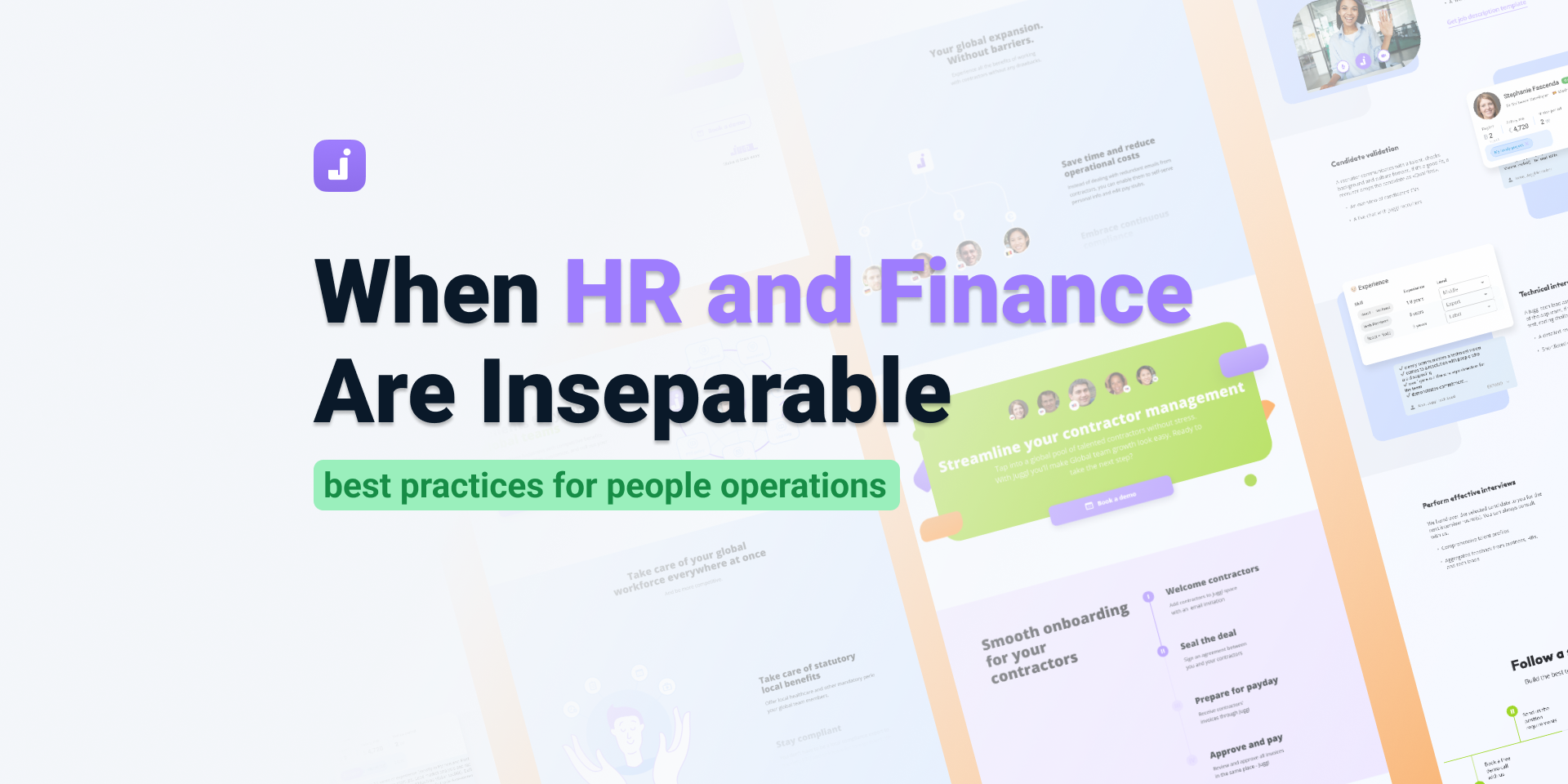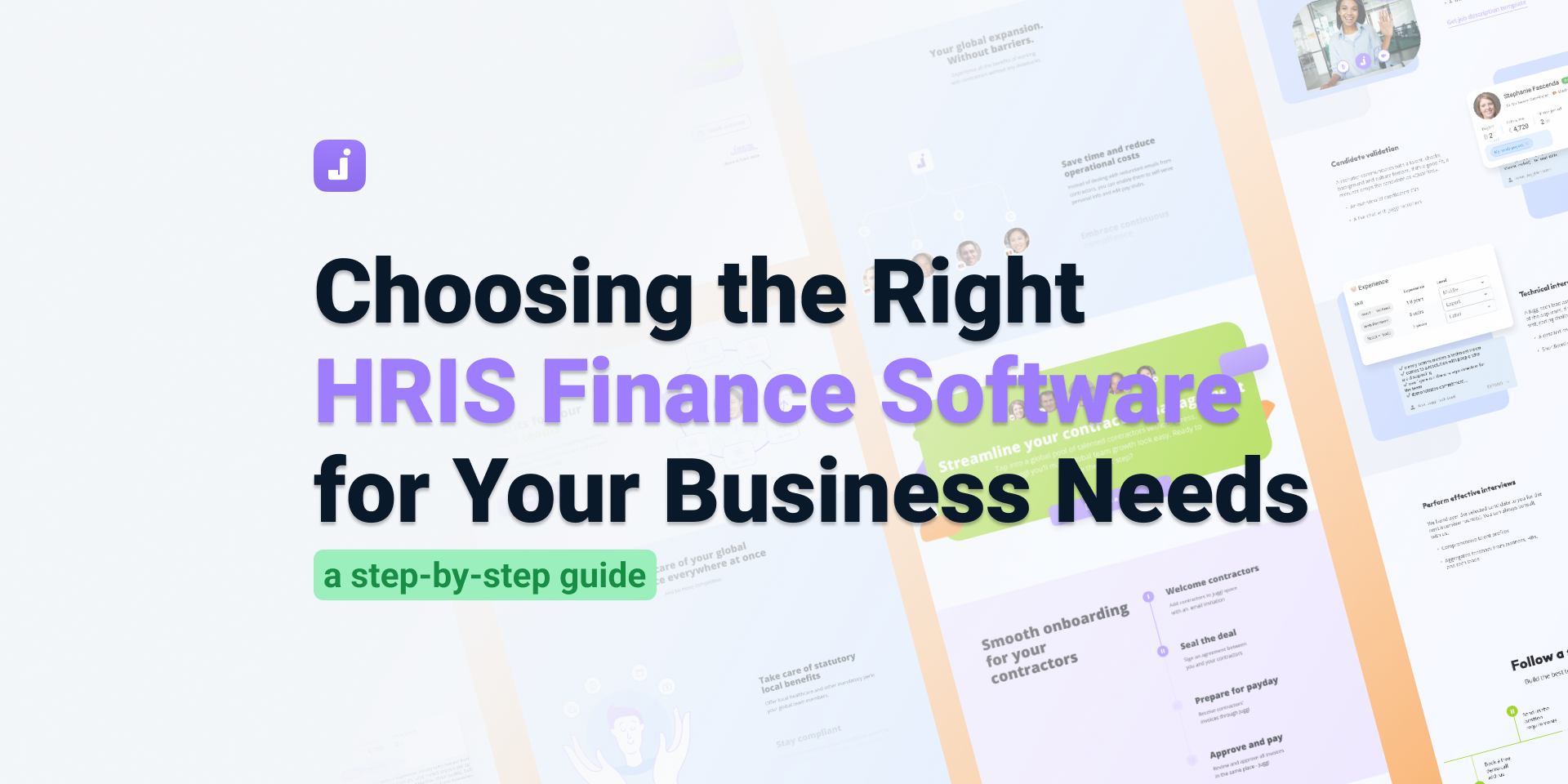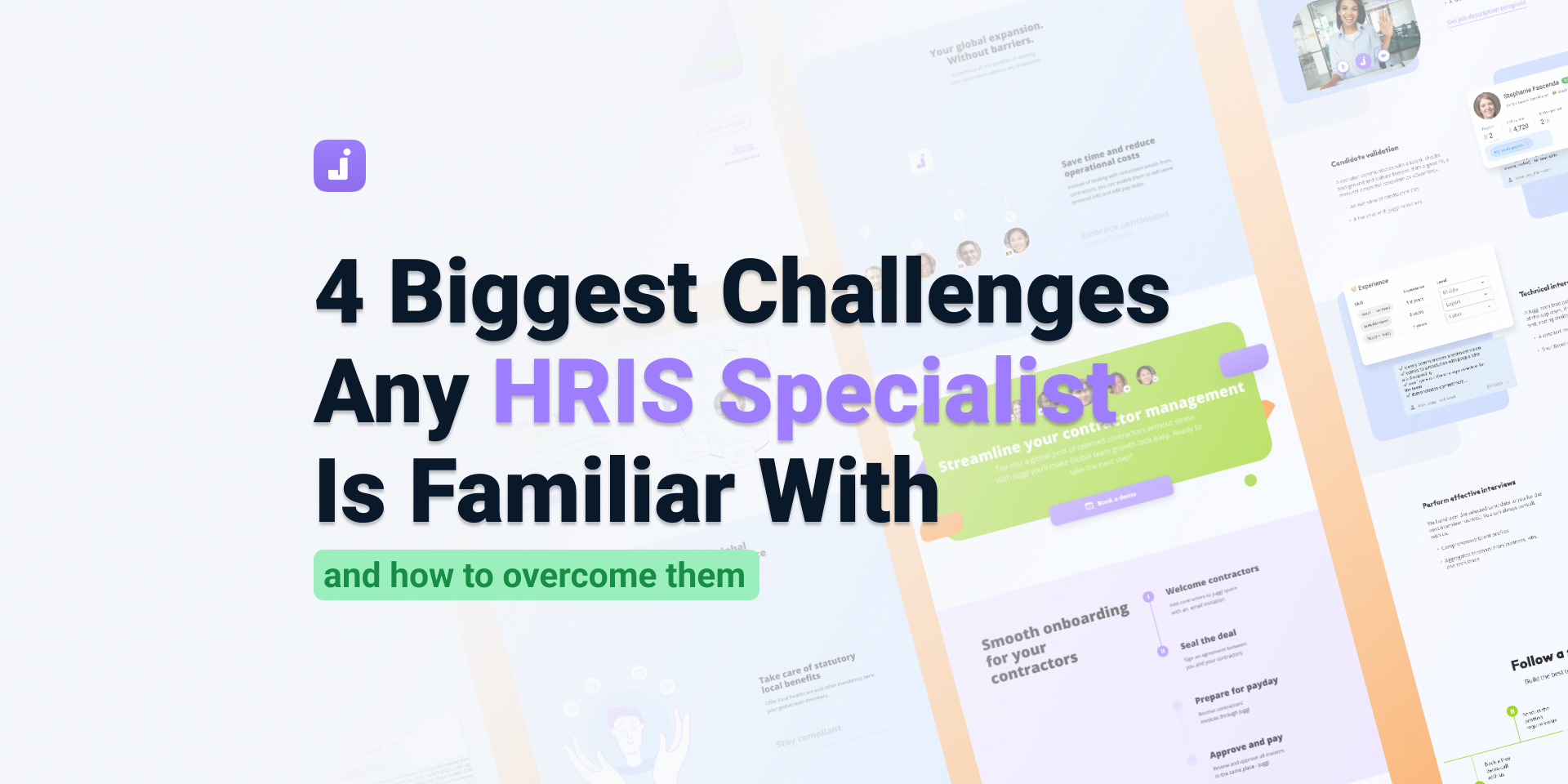HRIS Play 6/10: Performance management strategies: How to set up continuous feedback that people would love
In the modern workplace, companies increasingly recognize that the key to boosting employee performance lies in adopting effective performance management strategies. The consensus is clear: these strategies can significantly mitigate declining employee output risks. Yet, the effectiveness of these strategies can vary widely.
Among the numerous methods available, businesses often contemplate three primary approaches: traditional annual evaluations, regular check-ins, and a strategy of ongoing feedback. It's interesting to note that the trend leans heavily towards a preference for real-time feedback mechanisms.
Empirical evidence suggests a definitive edge for companies that focus on instantaneous feedback. According to research conducted by BetterWorks, businesses prioritizing such feedback tend to see marked improvements in their Key Performance Indicators (KPIs) compared to those relying on yearly reviews. A fitting analogy would be the regular nurturing of a plant, ensuring its growth through consistent care rather than sporadic attention.
Delving into the intricacies of a continuous feedback model reveals its suitability under various circumstances:
1. Changing Demographics:
As the workforce evolves with the retirement of the baby boomer generation and the influx of a younger demographic, there's a pressing need for HR teams to revisit and refine their performance management tactics.
2. Remote Work Dynamics:
The rise of remote HR practices necessitates a robust feedback framework. Remote employees, in particular, express a strong desire for regular feedback, underscoring the importance of an effective performance management strategy that includes remote payroll and HR functionalities.
3. Identifying Organizational Challenges:
Continuous feedback is critical in pinpointing and addressing internal issues and promoting a culture of transparency and improvement.
In the context of best practices, leading corporations such as Adobe, Deloitte, Microsoft, and IBM offer valuable insights into the successful implementation of continuous performance management. These companies utilize advanced HR and payroll software, including HR platforms like Adobe’s web-based Check-in Dashboard, which facilitates the exchange of feedback among employees, thereby fostering an environment of continuous learning and development.
Setting up clear objectives and performance metrics is another cornerstone of an effective strategy. Establishing short-term and long-term goals, precise KPIs, Objectives, and Key Results (OKRs) is essential. Tools and platforms like Jira, ClickUp, and Trello can significantly streamline this process for HR teams, even allowing for the integration of plugins to enhance functionality.
Moreover, integrating specialized feedback and performance tools within an HRIS (Human Resource Information System) offers unparalleled advantages. This enables the aggregation and analysis of extensive feedback data, ensuring that every team member is aligned with the company's expectations and aware of their performance.
An example worth highlighting is UpRaise for JIRA, an add-on that amplifies JIRA’s capabilities by incorporating continuous feedback, recognition, and coaching features. This tool exemplifies how HR and payroll software can evolve to meet the dynamic needs of modern organizations.
Practical performance discussions with employees hinge on strategies like "start, stop, continue" feedback, guiding employees on what actions to adopt, cease, or maintain. Complementing this with a cheat sheet or guide can refine the delivery and impact of such discussions.
Modern HR Strategies
A crucial aspect of modern HR strategies is establishing a continuous feedback loop. This involves scheduling regular one-on-one sessions to provide constructive, developmental feedback rather than focusing solely on criticisms. Incorporating negative and positive feedback loops into an HR platform ensures that employees receive the support and guidance they need to thrive.
Encouragement of bilateral feedback further solidifies an organization's commitment to open communication. Empowering employees to voice their feedback, concerns, and suggestions fosters a sense of belonging and loyalty.
While AI technologies offer promising advantages in mitigating recency bias, managers must remain vigilant against overreliance on these tools, ensuring a balanced approach that combines human insight with technological efficiency.
The journey toward effective performance management is iterative, requiring ongoing evaluation and adaptation based on employee and manager feedback. By dedicating themselves to continuous refinement, companies can align employee performance with organizational objectives, reduce performance anxiety, and cultivate a culture oriented toward growth and development.
In summary, continuous feedback adoption within a comprehensive HRIS framework, bolstered by advanced HR and payroll software, is essential for fostering a productive, motivated, and aligned workforce. As companies navigate the complexities of global HR landscapes, the insights and strategies outlined here will be invaluable for HR teams seeking to implement or enhance their performance management systems.
Stay tuned for further explorations in the evolving realm of HR practices in subsequent chapters of the HRIS playbook.

.jpeg)








